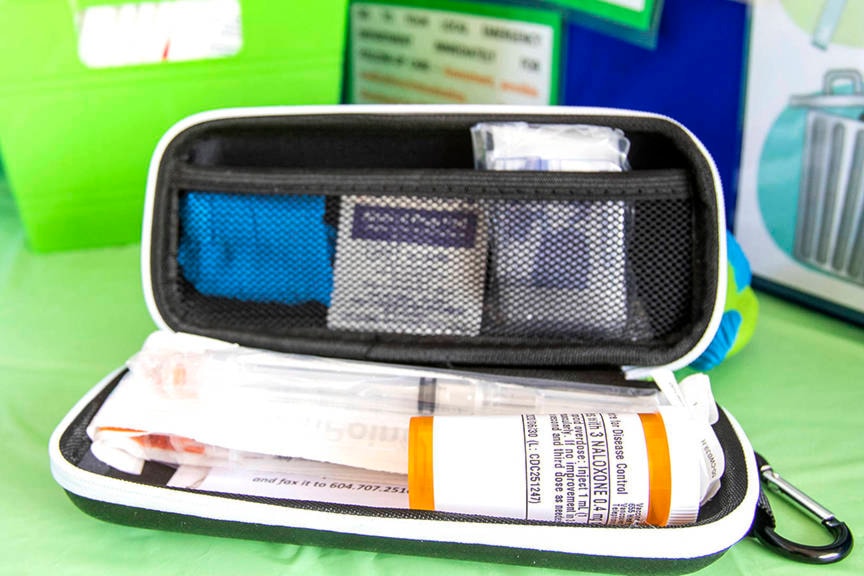Drug overdoses have taken a heavy toll on British Columbians over the last year and have not left northern B.C. unscathed.
For September, the last month that data was made available, 128 people province-wide died of illicit drug overdoses, and 1,143 died in 2018, according to data from the BC Coroners Service.
READ MORE: B.C. on track to record same number of overdose deaths as last year
In the northern B.C. context, deaths from illicit drug overdoses have increased each year since 2009, and 60 people died this year until September.
Prince George was the seventh highest township (out of 16) in the province for deaths by overdose in 2018, with 30 deaths.
Many drug overdoses involve opioid painkillers like the particularly powerful and dangerous drug fentanyl.
RELATED: Interlakes mom mourns son after fentanyl overdose
Unlike the Coroners Service report, which covers overdoses of all drugs, Northern Health has compiled data specifically on opioid overdoses in northern B.C.
In its “Public ED Enhanced Surveillance” report released in September, the service tracked opioid overdose incidents that resulted in visits to emergency departments (EDs), such as hospital emergency rooms.
The report focussed on the period since June 13, 2016 and was concerned only with the 1,135 overdoses in that time. The overdoses did not necessarily cause death.
In the north there have been an average of 10 overdose-related emergency department visits per week since January 2017. Almost 30 visits happened in one week at the end of July of last year.
According to the District of Houston, the municipality is being disproportionately impacted by B.C.’s opioid crisis.
“Its effects are more apparent [in Houston] and our community lacks many of the resources that larger communities can access to address the complex array of issues at the centre of this crisis,” states a district report.
Disposed needles, which have proliferated in the community, have been found in public areas such as parks, schoolyards, boulevards and alleyways.
Earlier this summer approximately 30 local residents attended a council meeting to ask how council is handling drug-related issues in Houston.
